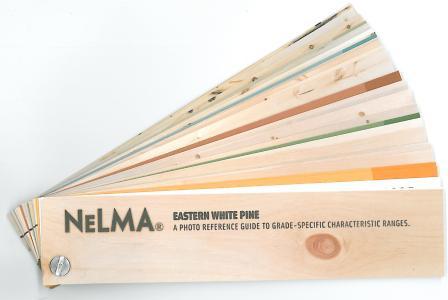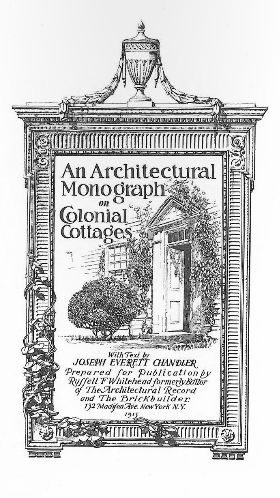Maryland colonial buildings have their own particular character and style, as illustrated in this issue of the historic White Pine Series of Architectural Monographs. The author argues that early Maryland settlers brought with them may English sensibilities, including a love for symmetry and balance, but the Maryland climate helped them put their own distinctive spin on colonial architecture.
Three separate wings of a stately Maryland colonial home included the main house, the servant’s quarters and a third volume that often housed either a school and the business of the proprietor who owned the land. The warmer climate in comparison to New England enabled covered walkways between the three wings.
In this issue, examples like the Brice House in Annapolis are highlighted. “With its great central house and the two wings much lower, set at right angles, and connected by low covered passages, it is the finest expression of the distinctive Maryland plan.”
“All of these houses are imbued with something of the same spirit and share a common quiet and modest dignity. They are of the very essence of old Maryland and silent reminders of the day sand men that are gone. Those men – racy, hospitable, generous, alike in spirit and interests, proud, devoted to the good things of this world, built all of these qualities into their homes.”






